This blog is the fourth in a four-part series related to a new paper on girls’ education and climate change, including an overview of the research, reproductive rights, fostering climate participation and leadership, and life skills for a green economy.
In the 21st century economy, most workers will see 50-70 percent of their tasks lost to automation. Climate change will present a further set of threats to both the stability and sustainability of that economy. The livelihoods of the world’s most vulnerable will bear greater effects from natural disasters, biodiversity crisis, and freshwater scarcity, exacerbating existing economic inequality. Where the line will be drawn between the haves and have nots will largely depend on who can meet the new and unknown set of demands for skills in this 21st century economy while also adapting unscathed to the short- and long-term impacts of climate change.
One response to this dystopic vision of the future has been the UN Environment’s (UNEP) global call to “green” the economy. A widely accepted outlook, the green economy solution has garnered the support of policy leaders and corporations alike because it sheds light on new market opportunities rather than calling for the sequestration of development. Its pledge to accelerate growth by jumpstarting economies centered on renewable energies and new sustainable technologies promises to mitigate against further degradation to the environment while placing the spotlight on “green skills” for green sector jobs for future generations of workers.
Industries with the greatest potential for environmental innovation are already key to the world’s poor—agriculture, forestry, fishery, tourism, and water management. In fact, a reported 3.5 million people in Bangladesh and 1.4 million people in Brazil are already employed in such green sector jobs. These sectors are projected to see US $630 billion in investments by 2030, resulting in a minimum of 20 million additional green jobs worldwide.
But if all goes to plan and the green economy delivers on sustainable job opportunities, we want to know—will it be inclusive? Will women participate and benefit equally?
Today, women hold only 20-24 percent of jobs in the renewable energy sector. While organizations like the International Labor Organization (ILO) have attempted to shine a light on the need for gender equality in green sector jobs, such actors have not taken sufficient steps to imagine possibilities for women in the green economy outside of the domestic sectors to which they have long been confined. For example, a number of organizations have focused on including women in the adoption of clean cookstoves and solar lamps, which has created important opportunities for women to become entrepreneurs and earn income (and social status) in their communities. But these efforts on a whole focus on retrofitting the current set of skills that women have to green economy efforts and fail to point out new spaces where they can and should be included. In short, business as usual will continue to place girls and women at the margins of the green economy.
What can we do about this?
In our report, Three Platforms for Girls’ Education in Climate Strategies, we argue that efforts to ensure women reap the benefits of the green economy must come earlier in women’s lives as increased investment in their quality education as girls. This is the first step to ensure that girls will develop the breadth of skills—including green skills—necessary to participate in the green economy as they become women rather than after.
By investing in women earlier in life we mean that efforts to green the workforce must address the most basic as well as “second generation” challenges in girls’ education. This includes ensuring girls transition to and complete secondary school and promoting girls’ participation in science, technology, engineering, and mathematics (STEM) subjects, where renewable sectors will inevitably emerge. Actors like the European Centre for the Development of Vocational Training (Cedefop) and the Organization for Economic Cooperation and Development (OECD) can play a key role in these efforts by collaborating with girls’ education actors like the United Nations Girls’ Education Initiative (UNGEI) to connect girls to green-sector training opportunities and green skills development through tailored girls’ education and girls in STEM programming.
By investing in girls’ quality education we mean—among many things—that actors must forge stronger links between efforts to develop girls’ life skills (the competencies needed to function, thrive, and adapt in their lived realities) with efforts to develop girls’ green skills. The transferable life skills that girls’ education programs are currently building—including critical thinking, future thinking, and even systems thinking—are precisely the kinds of skills that girls (and boys) will need to thrive in a rapidly changing economy, whether green or not. Such skills also provide a foundation for girls to build their capacities to read their contexts, identify problems and solutions, and, most importantly, pursue a set of actions that help to change their social, economic, or political circumstances and/or contexts.
It seems that investing in girls’ education and developing girls’ life skills are crucial if girls and women are to pave a pathway into and benefit from what currently are rather gender-exclusive green-sector careers. But simply adding girls to an existing system without a comprehensive vision for a gender-inclusive economy would result in another failed attempt to “add women and stir.” Instead, the global community must include cross-sector collaboration from vision-building to investment and programming by girls’ education, women’s empowerment, climate change education, and green economy actors. If we expect wide-scale economic transformation to take place, we must ensure that girls, women, and other populations most vulnerable to both the negative impacts of climate change and widening economic inequality can set the pace of the innovations driving a truly sustainable and equitable alternative economy.
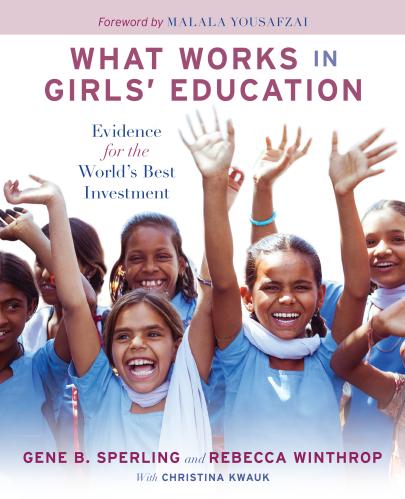
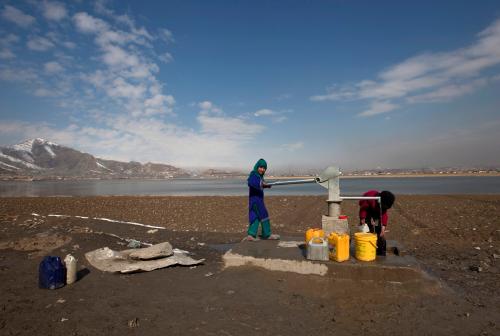
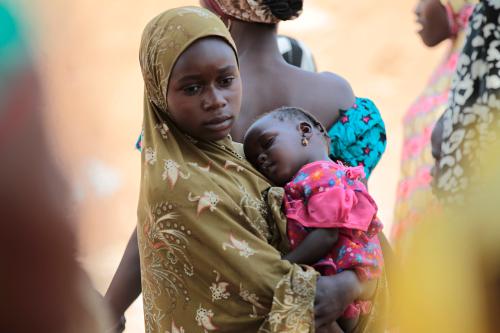
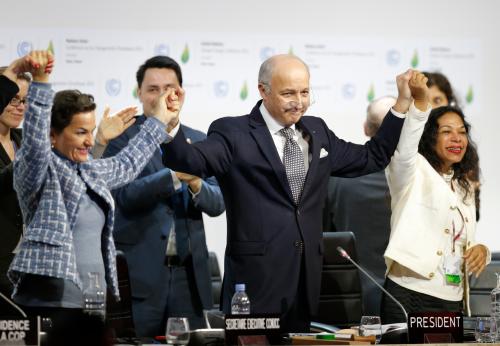
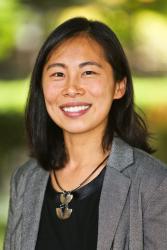



Commentary
Green skills for girls in a green economy
October 23, 2017